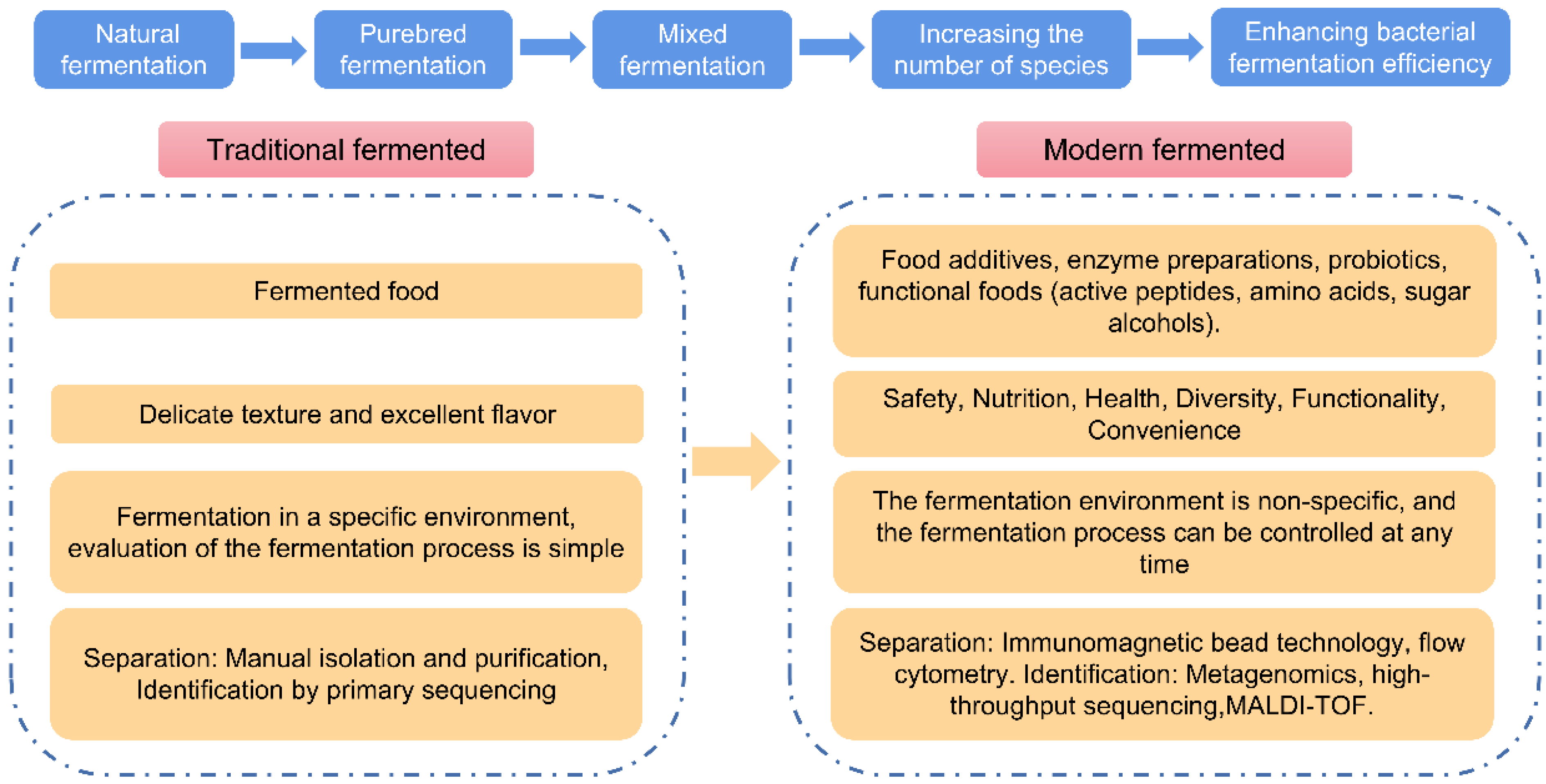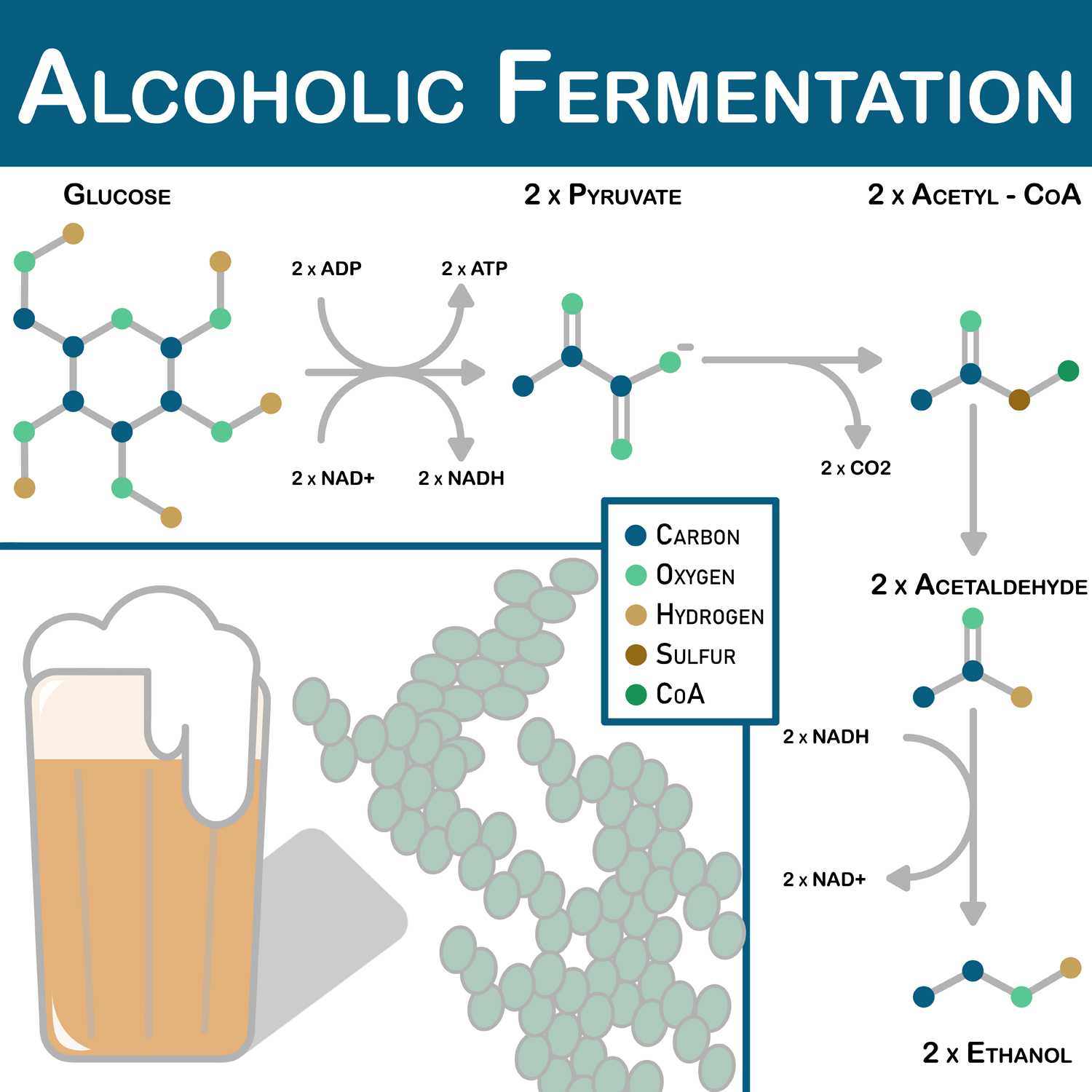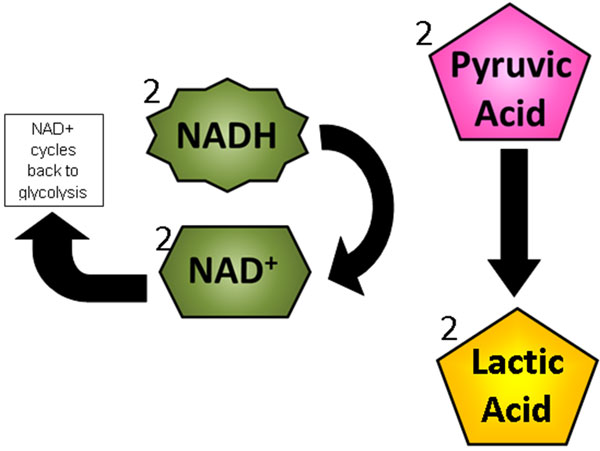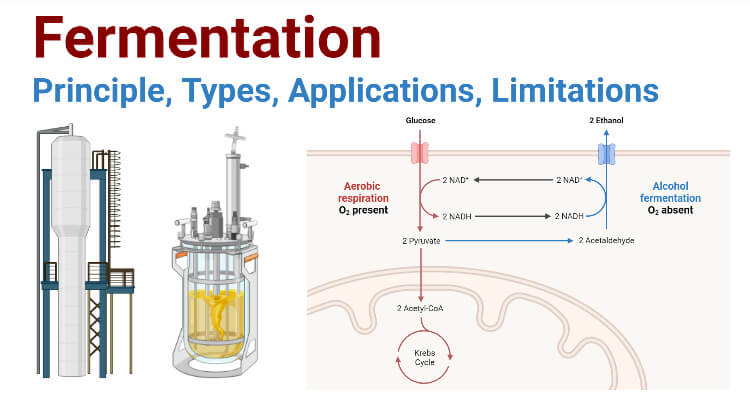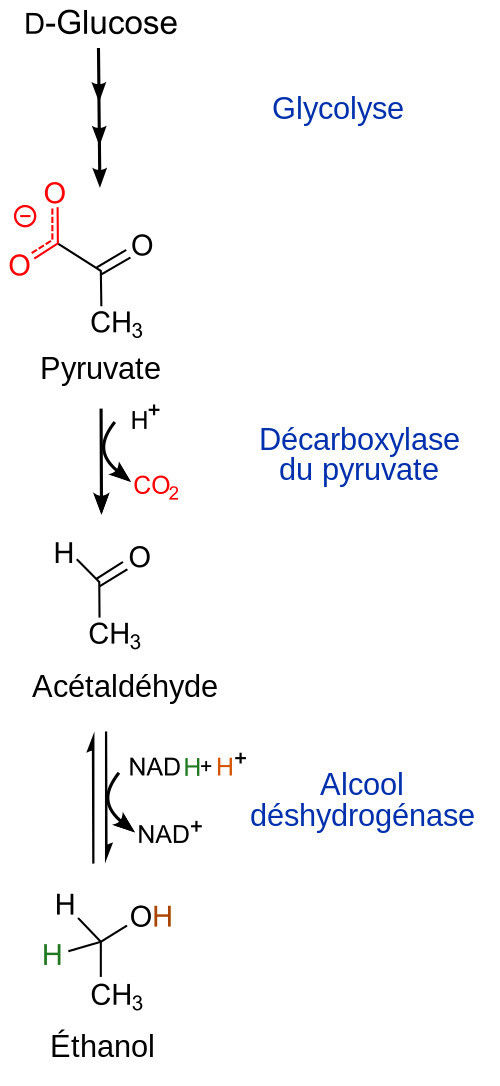Fermentation, Free Full-Text
5 (167) · € 15.50 · En Stock
Fermentation technology has a long history and low-temperature fermentation has now become the focus of research. This paper reviews the mechanism and application of low-temperature fermentation and the optimization of relevant strains. Low-temperature fermentation leads to a differential expression of growth in metabolism genes (PSD1, OPI3, ERG3, LCB3 and NTH1). Low-temperature fermentation can be applied to foods and has various advantages, such as increasing changes in volatile flavor compounds and other corresponding metabolic substances of the strain, and inhibited growth of spurious bacteria. The focus of low-temperature fermentation in the long run lies in strain optimization, which is to protect and optimize the strains through a variety of methods. Low-temperature fermentation can greatly improve product quality. At present, the most effective methods to promote low-temperature fermentation are gene knockout and probiotic microencapsulation.

Bioethanol production through syngas fermentation in a tar free

Ethanol fermentation - Wikipedia

Solid state lactic acid fermentation: A strategy to improve wheat

Complete Fermentation Kit for Vegetables - The Easiest Way To

Cheese, Wine, and Bread: Discovering the Magic of Fermentation in

Outline of fermentation study. Schematic of the fermentation

Fermentation, Definition, Process, & Facts

Sandor Katz's Fermentation Journeys - Chelsea Green Publishing

Foam-free production of Surfactin via anaerobic fermentation of

Fermentation development using fruit waste derived mixed sugars
Fermentation of glucose, lactose, galactose, mannitol, and xylose
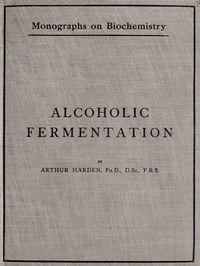
Alcoholic Fermentation by Arthur Harden

Fermentation of glucose using yeast, Experiment

The Difference Between Tea Oxidation & Fermentation

Beyond Sauerkraut: A Brief History of Fermented Foods






